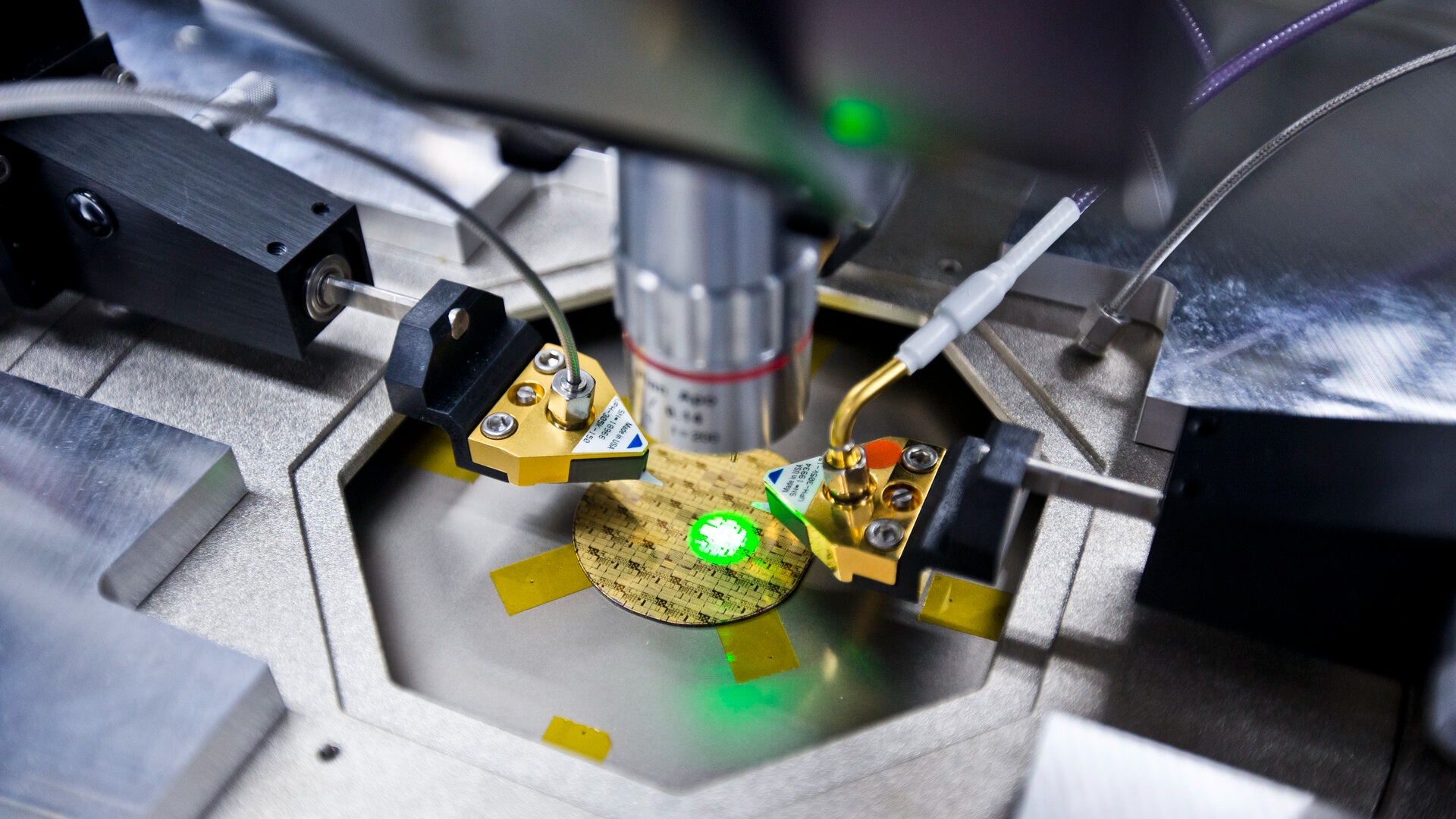The ionosphere is the ionized component of the upper atmosphere of the planets. It appears as a consequence of the shielding effect of the high atmosphere against space particle penetration (UV-Xrays photons, charged particles coming from the Sun and cosmic rays).
The variability of the ionosphere caused by its coupling with the solar wind and the magnetosphere, in case of a magnetized planet, on the one hand and with the neutral atmosphere on the other hand, makes it a medium difficult to describe accurately and even harder to predict. This is especially the case on Earth, where its variations can significantly impact a wide range of technological systems, in the frame of Space Weather.
Physical models of the ionosphere are important tools to overcome these difficulties. Yet, only a few of such models are developed worldwide. The IRAP Plasmasphere-Ionosphere Model is one of the only models developed in Europe and validated on observations for its high-latitude version. The IPIM model solves plasma transport equation along magnetic field lines and provides a complete 3D coverage of Earth’s ionosphere and plasmasphere.
As a 2nd year PhD student working at IRAP with Pierre-Louis Blelly and Aurélie Marchaudon, I am currently improving the low and mid-latitude version of the IPIM model by developing a coupled electrodynamical module allowing a better representation of ionospheric phenomena at these latitudes, such as the equatorial ionization anomaly.
I’m applying to the ESA Visiting Call to join for two months the Space Weather Office in order to gain knowledge about the provided services and tools, and to learn more about the current developed projects. I am also willing to learn how to use the tools provided by the Space Weather Portal to compare, validate, adapt our IPIM model for low and mid-latitudes, with a specific focus on the Mediterranean region.

